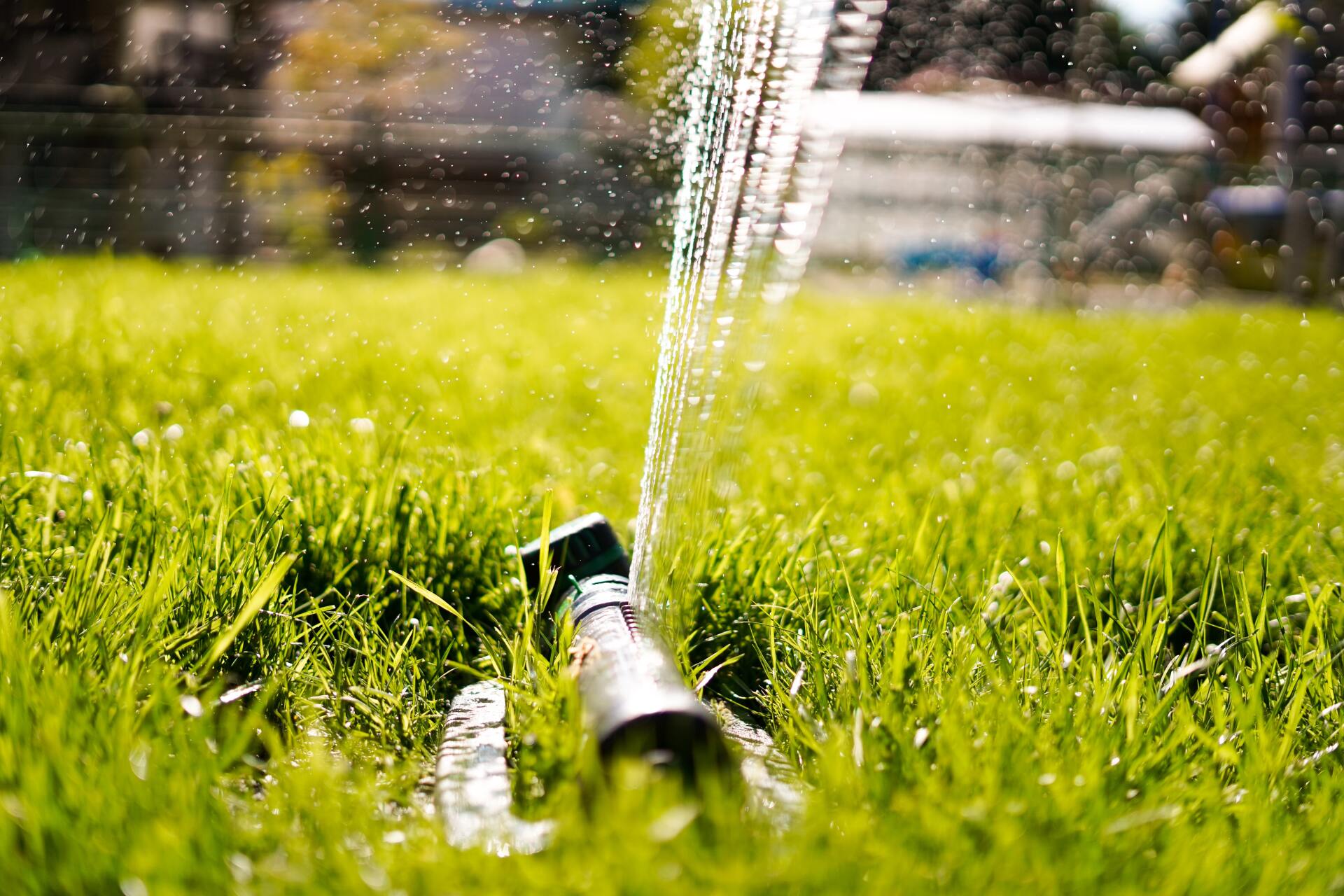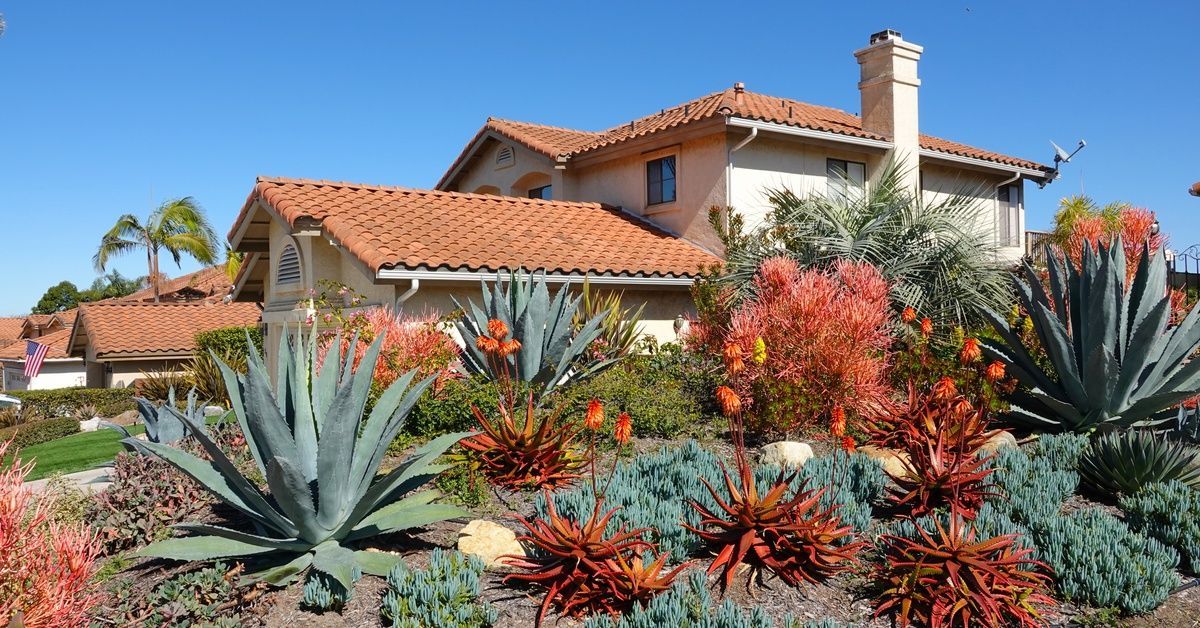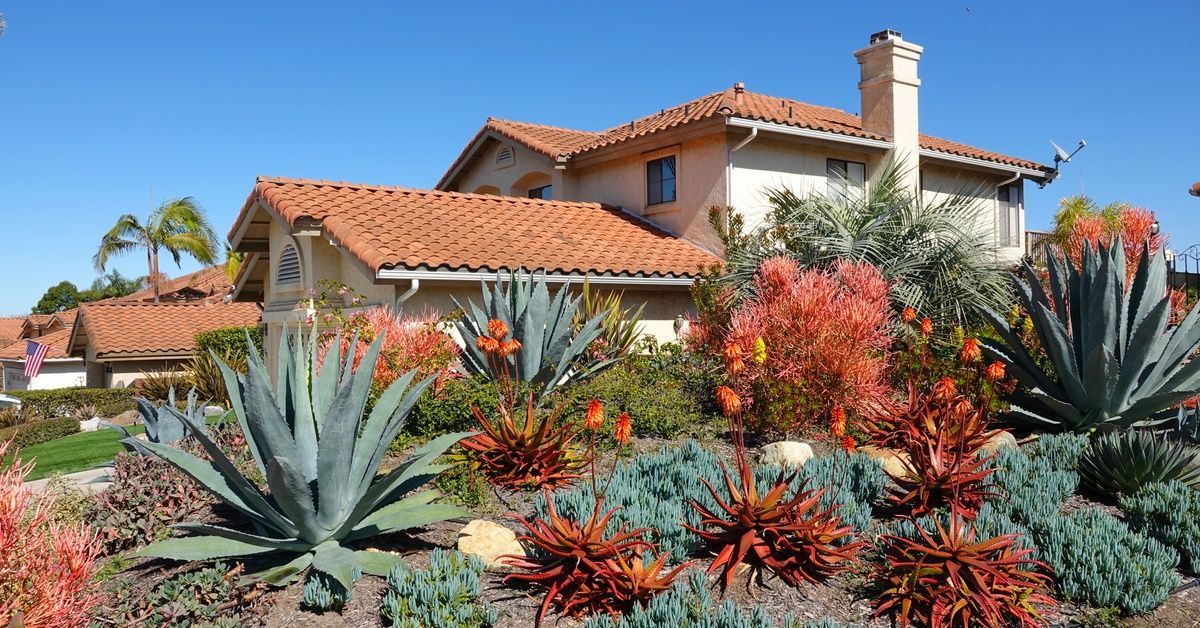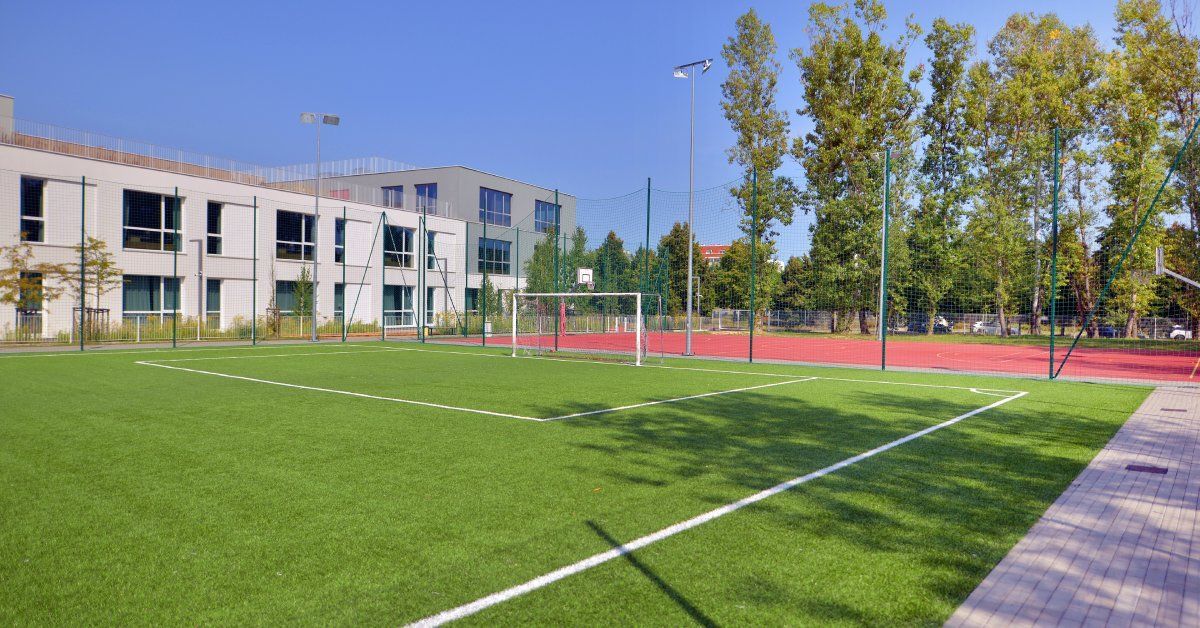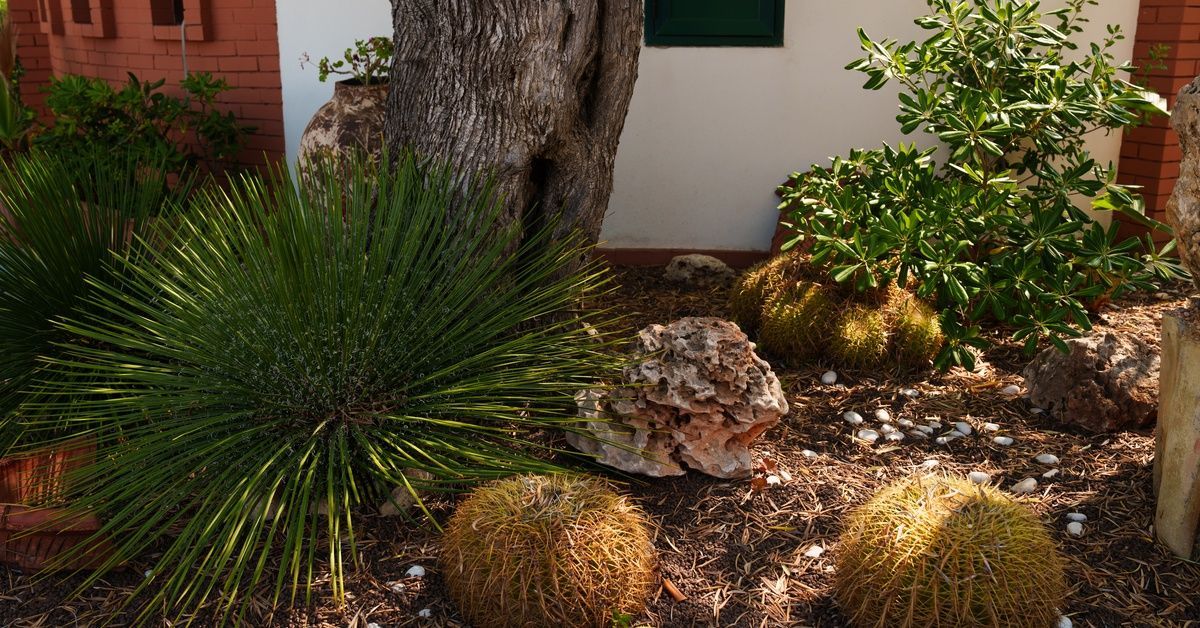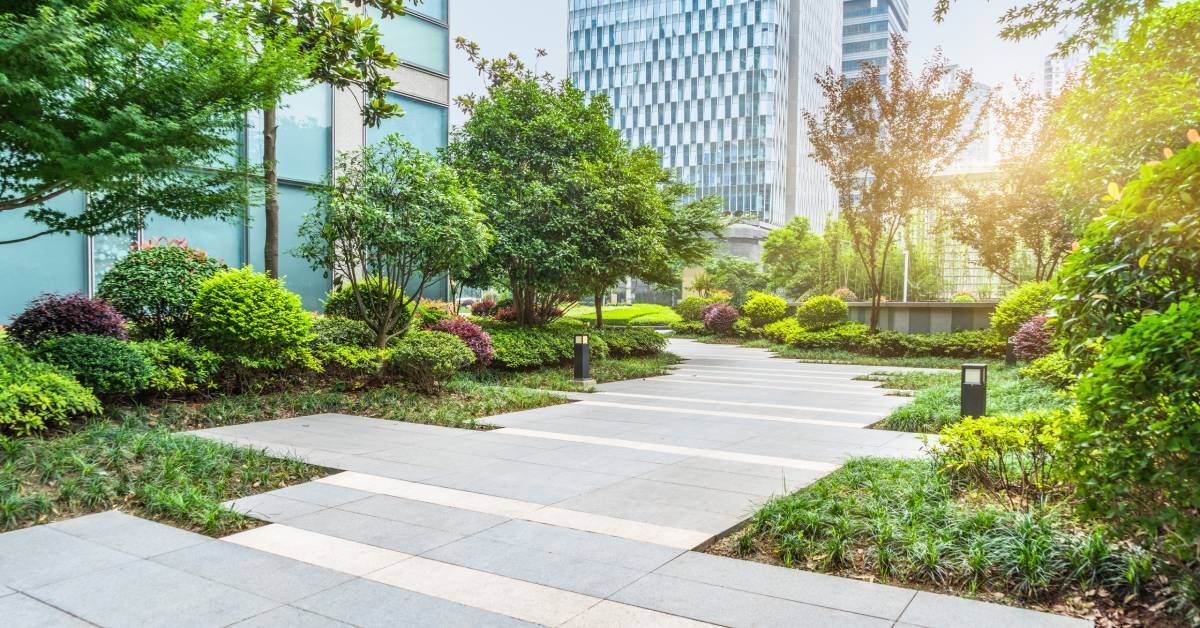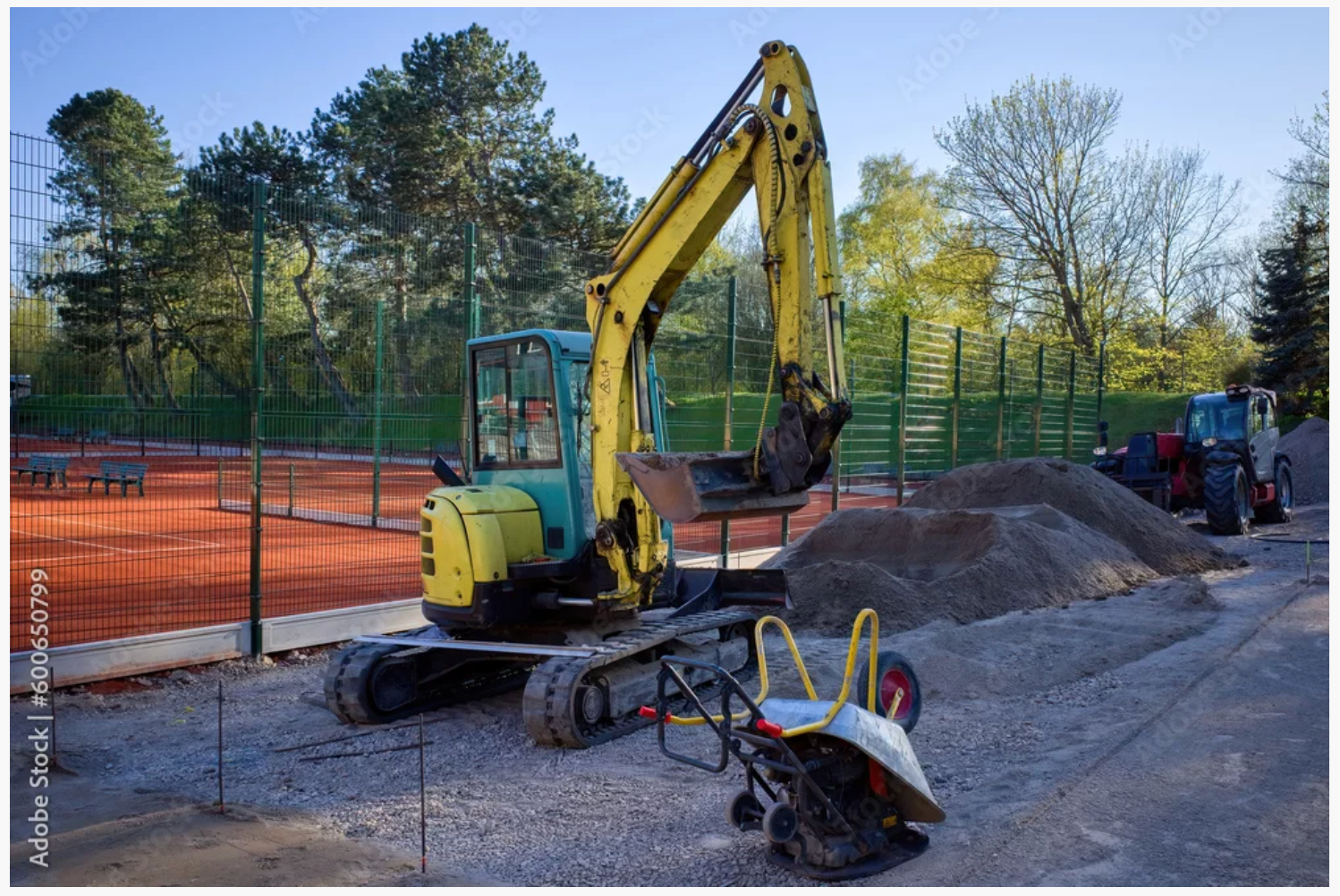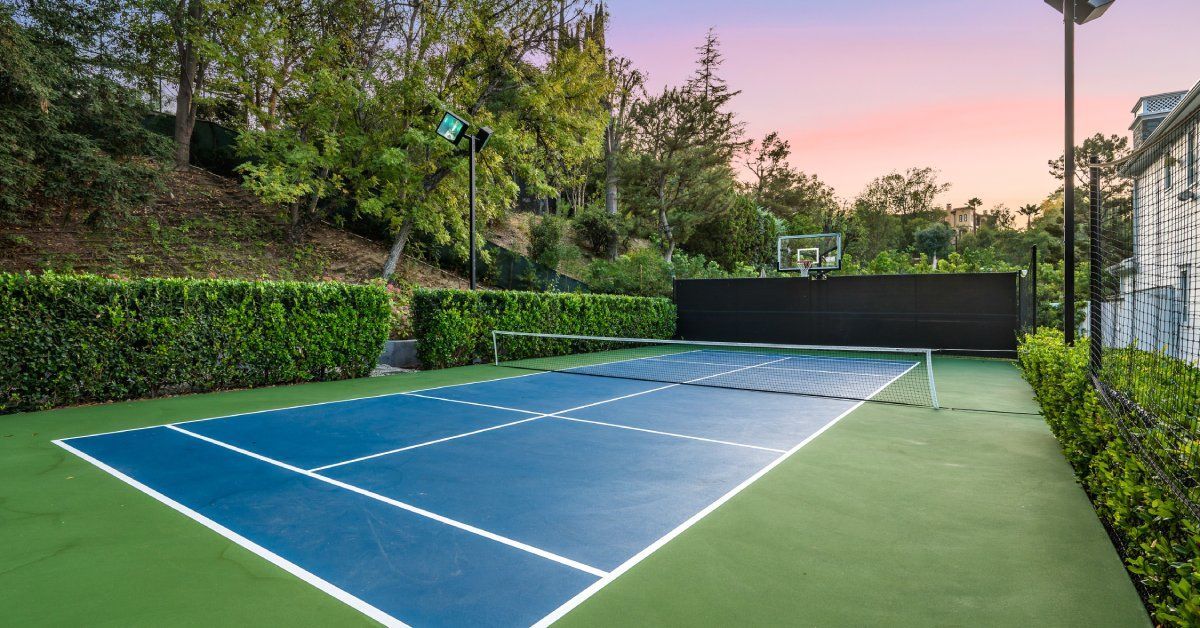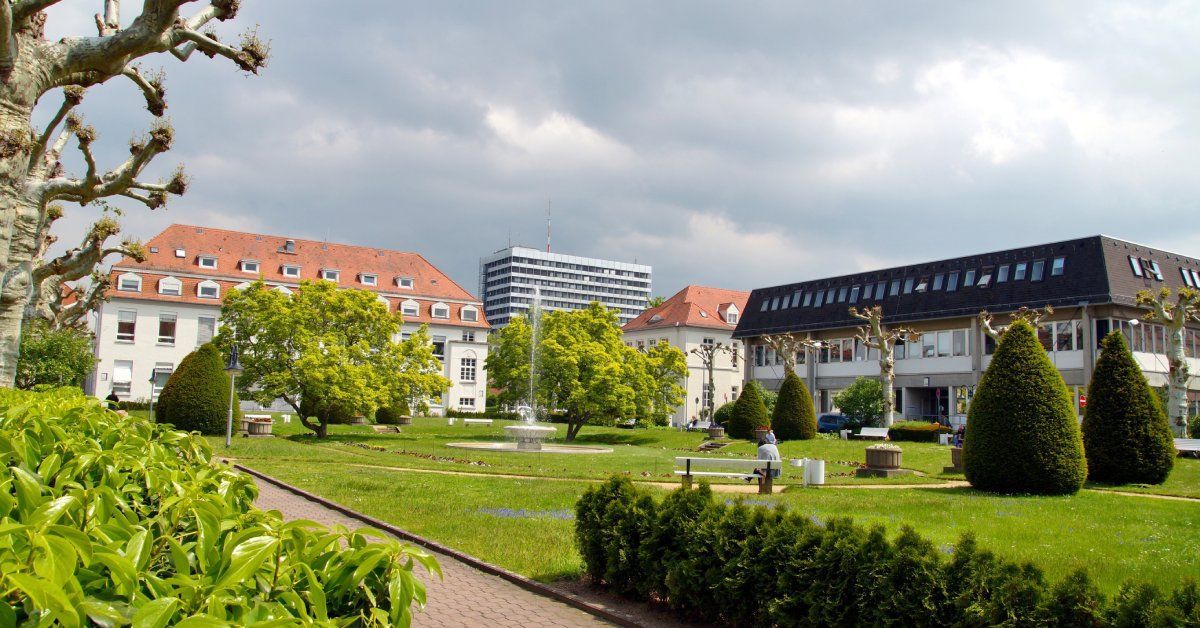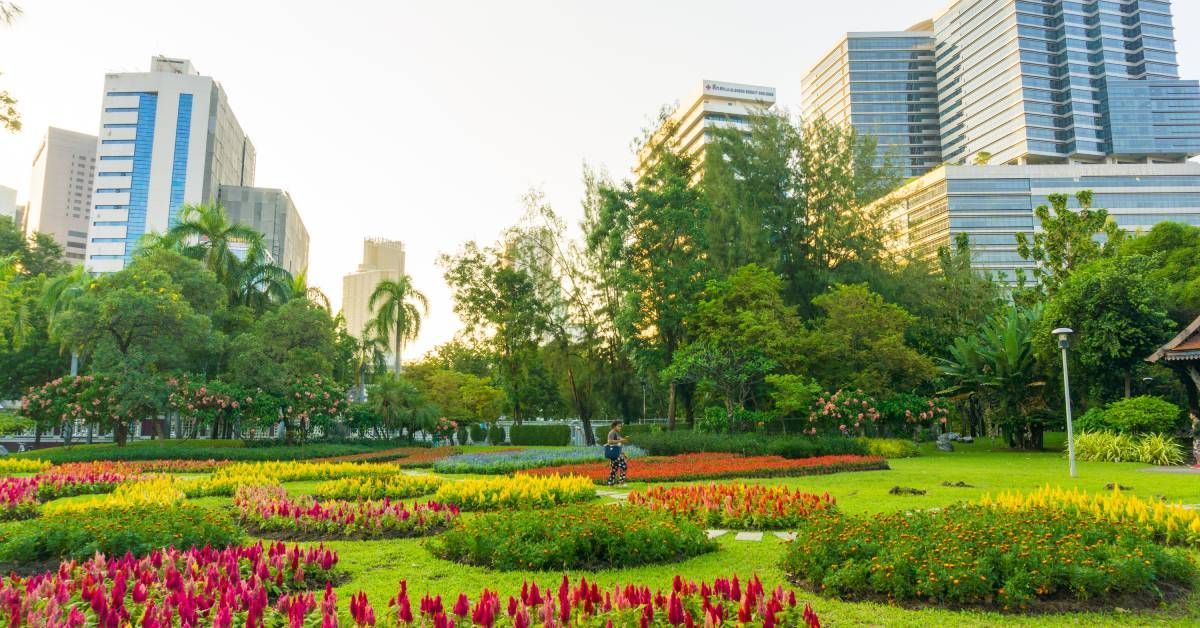- Lower water bills
- Reduced water use
- Attractive plants with less maintenance
- More wildlife habitat
- Less plant disease and more pest resistance
- Deeper roots help to stabilize slopes and prevent soil erosion
- More groundwater recharge
- Less polluted runoff flowing to the ocean
- When your property blends with your surroundings, the property looks larger and more graceful
Getting ready for spring
Now is the time!
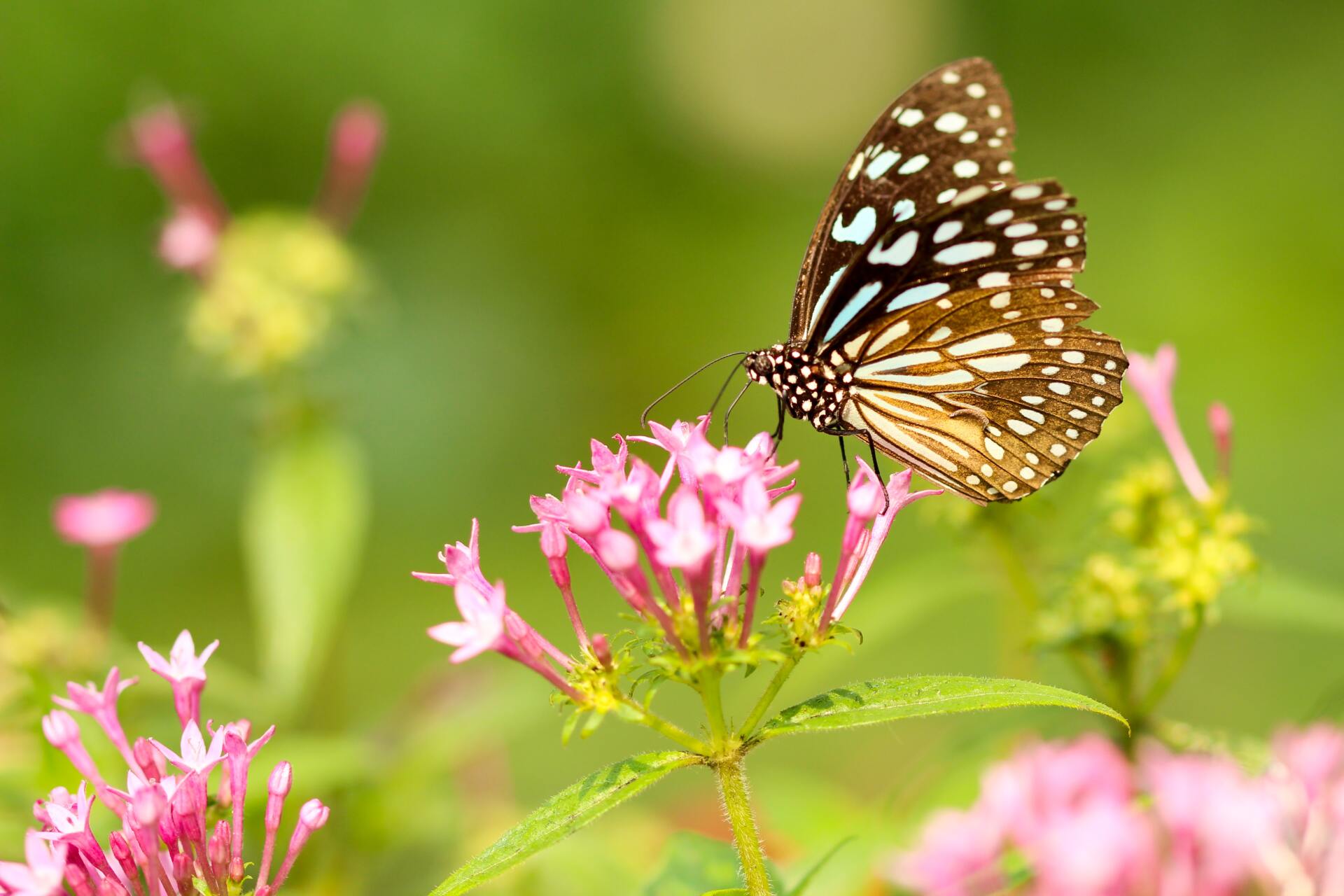
Your dream landscape!
Preparing your outdoor areas for the growing season requires a comprehensive understanding of the turf, trees, shrubs, hardscaping elements and irrigation system. Use your landscaping budget wisely and effectively by hiring our team of arbor care experts, water management specialists, landscapers and hardscaping experts.Winter Maintenance Goals:Winter season is the perfect time of the year to get your property ready for the spring growing season. Whether you hire a company like Allstate Landscape Services to do the work or choose to do the work yourself, there are some critical areas that need to be addressed during the winter.
Some of the benefits of drought tolerant plants include:
4 primary options for creating a drought tolerant landscape:
List of Services
- The ‘Minimalist effect’
List Item 1
This kind of landscape focuses on the removal of the majority of plants and natural grass and replaces it with decorative rock, decomposed granite, and a handful of cactus and succulents.
For a list of drought-tolerant plants, you can go to: https://www.calwater.com/conservation/low-water-drought-resistant-plants/Write a description for this list item and include information that will interest site visitors. For example, you may want to describe a team member's experience, what makes a product special, or a unique service that you offer.
- The ‘Southwestern effect’
List Item 2
This kind of landscape utilizes a combination of plants native to the southwest along with a greater proportion of succulents and cactus to fill in space. Sometimes the ground will be covered by succulents such as sedums and ice plants but also with decorative rocks and decomposed granite.
- The ‘California natives effect’
List Item 3
This kind of landscape focuses on a combination of California indigenous native plants such as ceanothus, Arctostaphylos, salvia, rhamnus, and others along with ornamental grasses such as Muhlenbergia, Pennisetum, and miscanthus.
- The ‘Mediterranean effect’
This landscape offers the most amount of color but also requires the most amount of maintenance. Plants like lavender, rosemary, sage, and olives are often used in these kinds of landscapes.

